Freestanding sauna wall construction / insulation
I’m looking to build a free-standing sauna building in a cold, damp area of the Catskill Mountains in NY State. The heated portion will be a 6′ x 8′ space, fired by a wood-burning stove. Much of the literature about sauna building on the internet suggests using foil-faced fiberglass batts covered by an air barrier. I have a few questions about this approach:
-Will this be sufficient to prevent moisture infiltration into the wall cavities?
-Can fiberglass withstand temps up to 160F?
-What air barrier can withstand temps up to 160F?
As an alternative one friend suggested using SIPs for the wall panels, but I have similar concern about moisture and heat with that approach.
Any advice is much appreciated.
GBA Detail Library
A collection of one thousand construction details organized by climate and house part
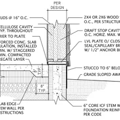
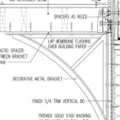

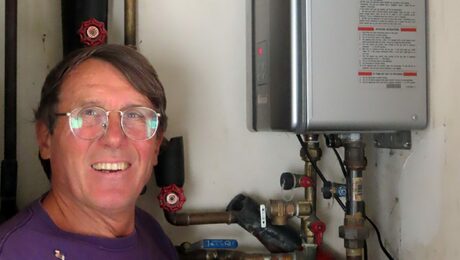
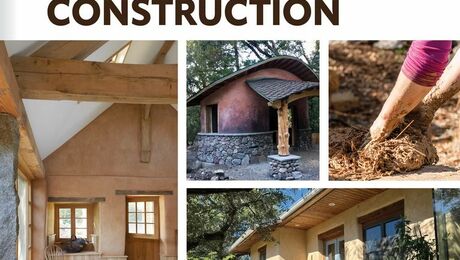
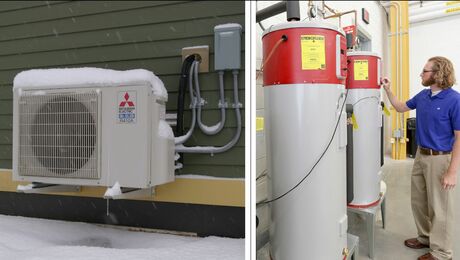
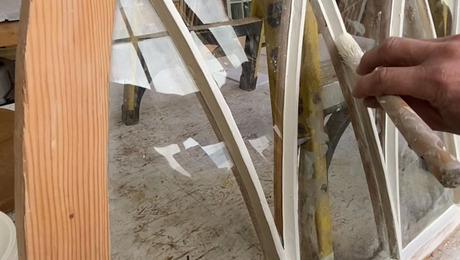
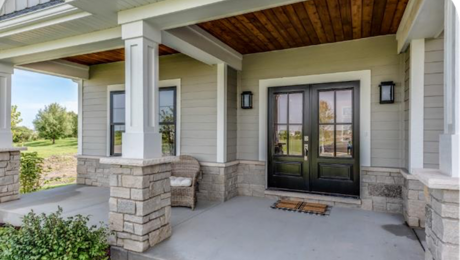
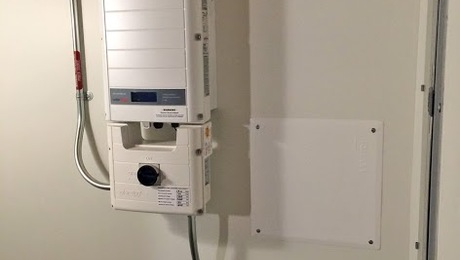
Replies
Armin,
1. A free-standing sauna is used for only a few hours a week, so the materials have an ample opportunity to dry between uses.
2. Even if you are a believer in generous uses of löyly (that's the steam created by Finnish maidens splashing water on the rocks placed on the top of the stove), the interior of a sauna will be incredibly dry. Saunas aren't damp. Trust me on this. When you crank up your wood stove until the interior air temperature is 200 degrees F, everything will be bone-dry.
3. Yes, fiberglass (or mineral wool batts) can easily handle sauna temperatures. I'm not sure about SIPs, however. I wouldn't want to have OSB on the interior of my sauna.
4. "What air barrier can withstand temps up to 160F?" Gypsum drywall. I suggest that you install a layer of cedar boards on top of the drywall.
Thanks Martin! Would you recommend installing a vapor barrier as well? And if so what type could withstand those temperatures?
Armin,
Don't worry about the vapor barrier. It isn't necessary. Everything will be dry, dry, dry.
Question: is it OK to leave the walls empty? Or should I use mineral wool batts between the 2x4 spruce studs, and 1x4 inch yellow cedar on both inside and outside walls? Is any insulation necessary?
I should add that this is a 6 x 8 foot wood-fired sauna. Given the heat of 200F a few hours a week, are empty walls OK or should I at least use mineral wool (Roxul)? Cheers,
M
Mide,
Insulate the walls. Mineral wool batts are a good choice.
Hello,
I'm considering a similar build as well, in Long Island, NY. I tend to always build as air-tight as I can, but with such a small structure (6x6x7') is it necessary/safe? I will not have any mechanical ventilation, though I've considered a small louvered draft hole of some kind (will this negate any attempt at air sealing?). The sauna will be heated by a wood stove, so it of course needs some incoming airflow.
Any wall detail recommendations or tips on construction (flooring/roof insulation, materials etc) would be greatly appreciated. My backup plan is 2x6 framing, with roxul comfortbatt, certainteed membrane on interior framing (clad in 1x6 cedar tongue and groove), and sheathed in R3 insulated 1" thick zip system sheathing, sided in clapboard cedar.
Many thanks!
-Isaac
I live in VT, and am planning to build a sauna for year-round use. I'm also interested in more recommendations on sauna construction and air-sealing for cold climates — anybody want to chime in?
Thanks!
I would build standard construction, fiberglass batts, poly vapor barrier or foil barrier stapled to studs. Then 1x4 strapping with tongue and groove cedar.
The floor can be a slab or built like a shower pan, you want the waterproofing to wrap up the wall a little. Many times the slab isn't insulated, it feels good to the feet in a hot sauna (sow-na). Sometimes you'll see small sections of cedar decking or rubber mats. My family has had all of the above, they are so dry that its hard to screw them up. But we always have had wet saunas, dry saunas are a disgrace to the sauna.
Ive never seen gypsum in a sauna, I know they're dry but I wouldn't do that in a wet sauna, I think the bottom edge would take a beating over time.
Usually the door has vents for fresh air, low and high and adjustable. If you are looking for a good woodstove, look up Kuuma stoves out of Tower MN, Lamppa manufacturing. We have one of their woodstoves in a freestanding sauna my cousin built at our cabin with a side water tank, you load the wood outside, its built through the wall, works amazing. Also my grandma and uncle have their electric stoves which are nice as well, I am related to them so its a bit of a plug but they've been around a long time.
Im from northern MN on the iron range, if a house doesn't have a sauna, one would be written in the purchase agreement. All of my relatives have one in their homes, most freestanding ones are at cabins or on the old Finnish farms. People have made portable ones to bring on the lake during ice fishing, my dad and his buddies rigged up a portable one they would use in the boundary waters, there was a bar in Biwabik MN that had a sauna in it.
They are everywhere up there, usually used as a shower as well, basically all built the same, no need to overthink the building, just the layout.